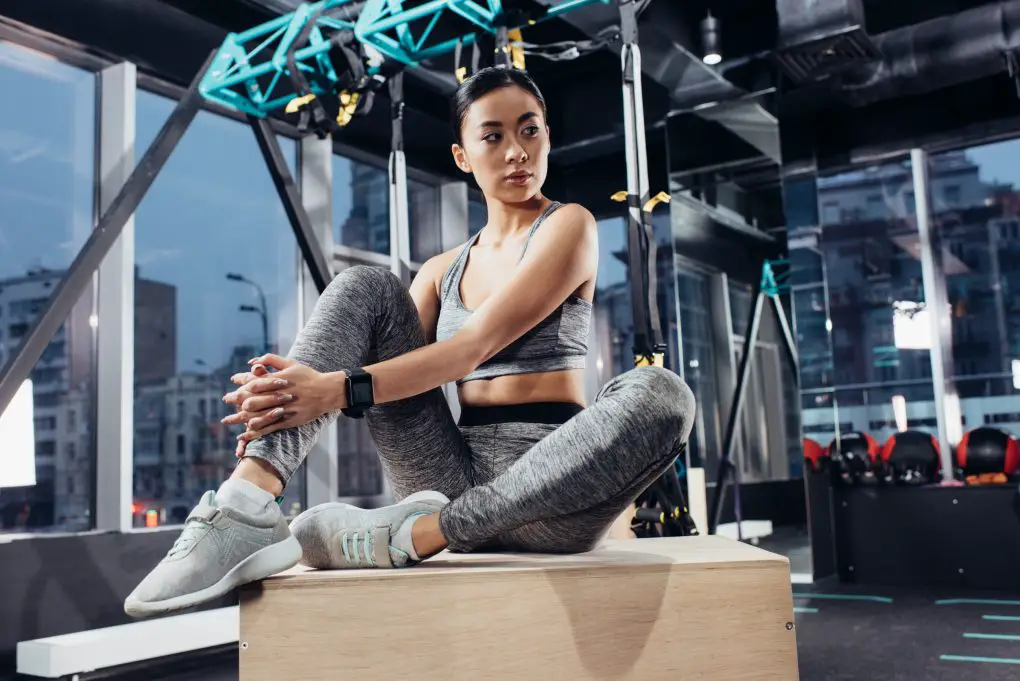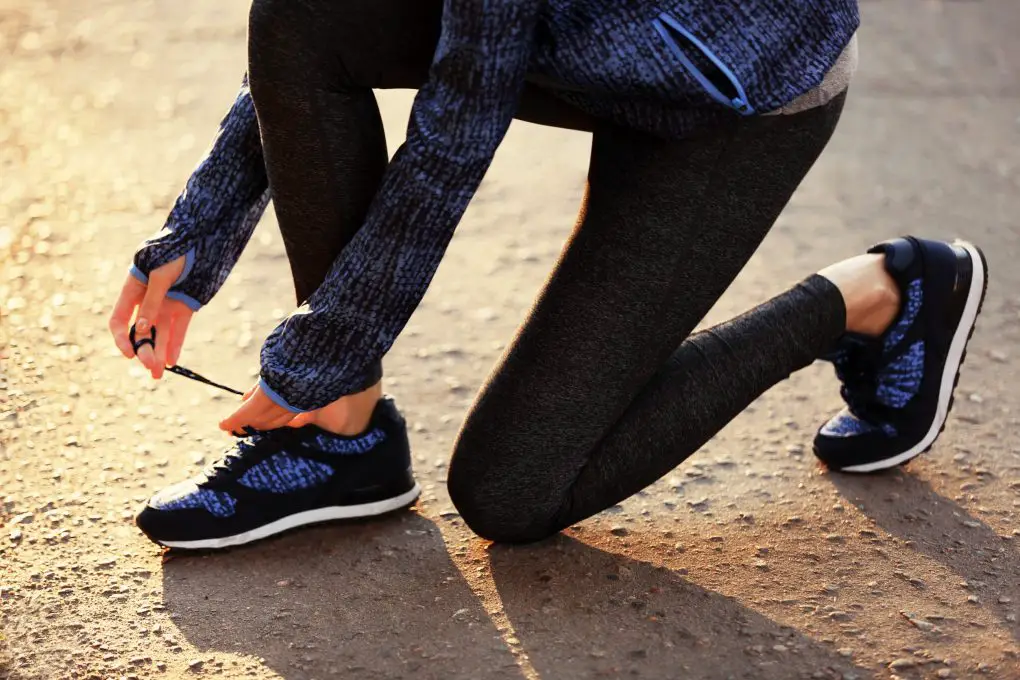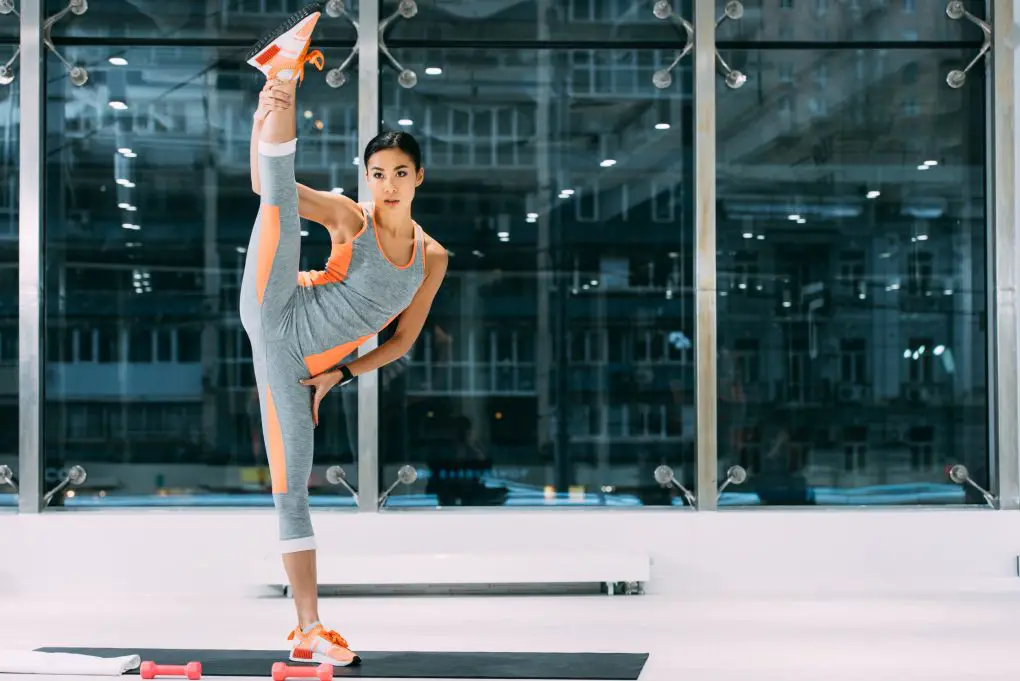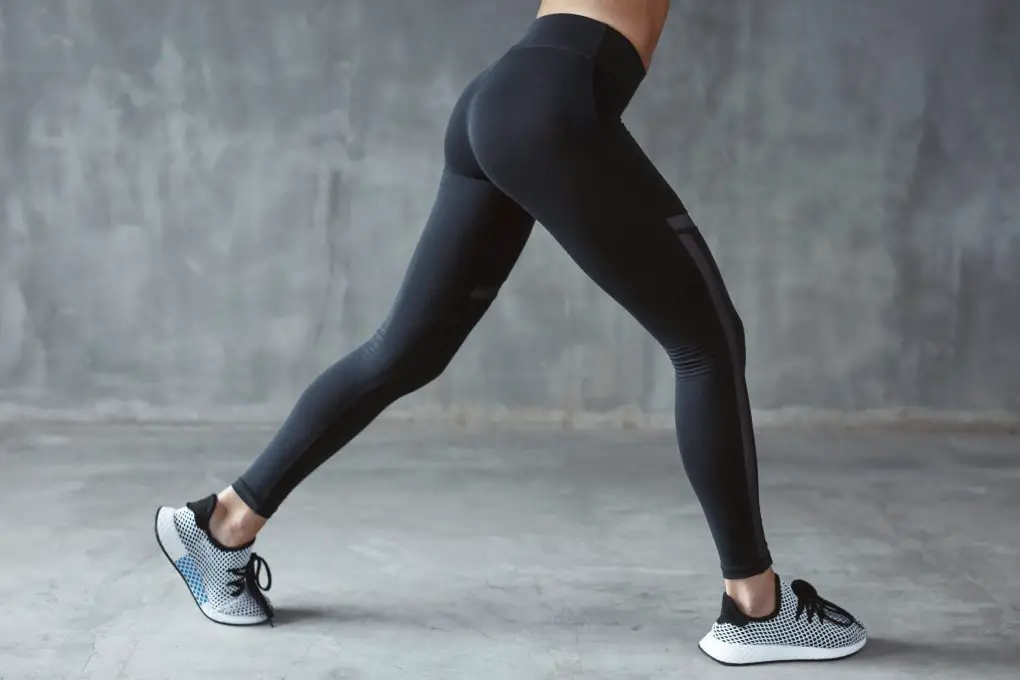Why Do My Leggings Roll Down: Understanding the Causes and Solutions
Leggings rolling down can be frustrating and uncomfortable, and there are a few reasons why this might happen:


- Incorrect size: If your leggings are too small, they are more likely to roll down as they struggle to stretch over your hips and waist. Conversely, they may need more tension if they are too big to stay in place. Make sure to choose the right size of leggings for your body type.
- Poor quality fabric: Leggings made from low-quality or thin fabric can lack the necessary elasticity to hold their shape, causing them to roll down or bunch up. Look for leggings made from a high-quality, thick material with good stretch and recovery.
- Lack of waistband support: Leggings with a wide waistband or a high-rise design provide more support and coverage around the waist and help to prevent rolling down. Make sure to choose leggings with a waistband that fits securely and comfortably.
- Movement and activity: Leggings may roll down if you engage in activities that involve a lot of movement or stretching, such as exercise or yoga. To avoid this, choose leggings with a snug fit and consider wearing a belt or high-waisted shorts over the leggings for added support.
- Body shape: Some body shapes may be more prone to leggings rolling down due to the curvature of the hips and waist. In this case, try different styles of leggings to find the right fit and support.
Leggings Material


When it comes to leggings, material plays a crucial role in their fit and comfort. This section will discuss the different materials used in leggings and their impact on the rolling down issue.
Material Types
Leggings are made from various materials, including cotton, spandex, nylon, polyester, and blends of these materials, according to Fabric Selection Inc. Each material has its own set of characteristics that can affect how well the leggings fit and stay in place.
| Material | Characteristics |
| Cotton | Soft, comfortable, breathable, but tends to stretch out and lose shape over time |
| Spandex | Elastic, stretchy, and form-fitting, but can be prone to pilling and wear over time |
| Nylon | Durable, lightweight, and moisture-wicking, but can be less breathable and less stretchy than other materials |
| Polyester | Durable, wrinkle-resistant, and moisture-wicking, but can be less breathable and less stretchy than other materials |
Leggings made from a blend of materials can offer the benefits of each material while minimizing their drawbacks. For example, a cotton and spandex blend can provide a soft, comfortable feel with good stretch and recovery.
Stretchability and Compression
The stretch and compression of leggings can also affect their fit and ability to stay in place. Leggings with good stretch and recovery can conform to the body and move with it, while leggings with poor stretch can be restrictive and uncomfortable.
Compression leggings, designed to provide targeted support to muscles, can also help keep leggings in place by providing gentle pressure to the waist and hips. However, compression leggings may not suit everyone and can be uncomfortable for some people.
Leggings Fit


One of the main reasons why leggings roll down is because of poor fit. Here are several elements that can affect the fit of leggings:
Size and Measurement
One of the most crucial factors that affect the fit of leggings is the size. Choosing the right leggings size is essential to prevent them from rolling down. Here are some guidelines for measuring leggings:
- Use a measuring tape to measure your waist, hips, and inseam.
- To find your size, use the manufacturer’s sizing chart.
- If you’re in between sizes, it’s better to go for a size up to avoid the leggings being too tight.
Waistband Design
The design of the waistband can also affect the fit of the leggings. Here are some waistband designs to consider:
| Waistband Type | Description |
| High-rise waistband | Provides more coverage and support, and is less likely to roll down. |
| Regular-rise waistband | Provides moderate coverage and support, and may roll down if too loose or too tight. |
| Fold-over waistband | Provides customizable coverage and support, but may roll down if not adjusted properly. |
Choosing the right size and waistband design can help prevent leggings from rolling down. However, it’s also crucial to consider the quality of the leggings and how often they are worn and washed.
Leggings Use and Care


Frequency of Use
Based on experience, one of the factors that can cause leggings to roll down is overuse. Wearing leggings too frequently can cause the fabric to stretch out and lose its elasticity, making it difficult for the waistband to stay up. Therefore, rotating between different leggings is recommended to avoid overusing one pair.
Additionally, evaluating the type of activity used while wearing leggings is essential. For example, high-intensity activities like running or jumping may put more strain on the fabric and cause it to stretch out more quickly than low-intensity activities like yoga or walking.
Washing and Drying Methods
How leggings are washed and dried can also impact their ability to stay up. Therefore, it is vital to follow the care instructions on the label of the leggings, as different fabrics may require different washing and drying methods.
Generally, it is recommended to wash leggings in cold water and avoid using fabric softeners, as they can break down the fabric and cause it to lose its elasticity. It is also necessary to avoid using a dryer, as the high heat can cause the fabric to shrink and lose shape; instead, air-drying leggings are the best option.
Another tip for washing leggings is to turn them inside out before washing them. This can help protect the fabric and prevent it from getting damaged or stretched out during the wash cycle.
Troubleshooting Tips


Adjusting the Waistband
One of the most common reasons leggings roll down is that the waistband is not adjusted correctly. Try pulling the waistband up higher on your waist or adjusting the drawstring or elastic to fix this issue. Make sure the waistline fits snugly. You can also try folding the waistband over to create a tighter fit.
Layering Techniques
If adjusting the waistband doesn’t work, try layering your leggings with another garment. This can help keep the leggings in place by creating friction against your skin and layering with a longer shirt, a bodysuit, or even another pair of leggings. Just make sure that the layers are snug and not too loose.
Using Leggings Clips
If all else fails, you can use leggings clips. These clips attach to the bottom of your leggings and connect to your socks or shoes, creating tension that helps keep the leggings in place. Leggings clips come in various styles and materials, including plastic and metal. Make sure to choose comfortable clips that won’t damage your leggings.
